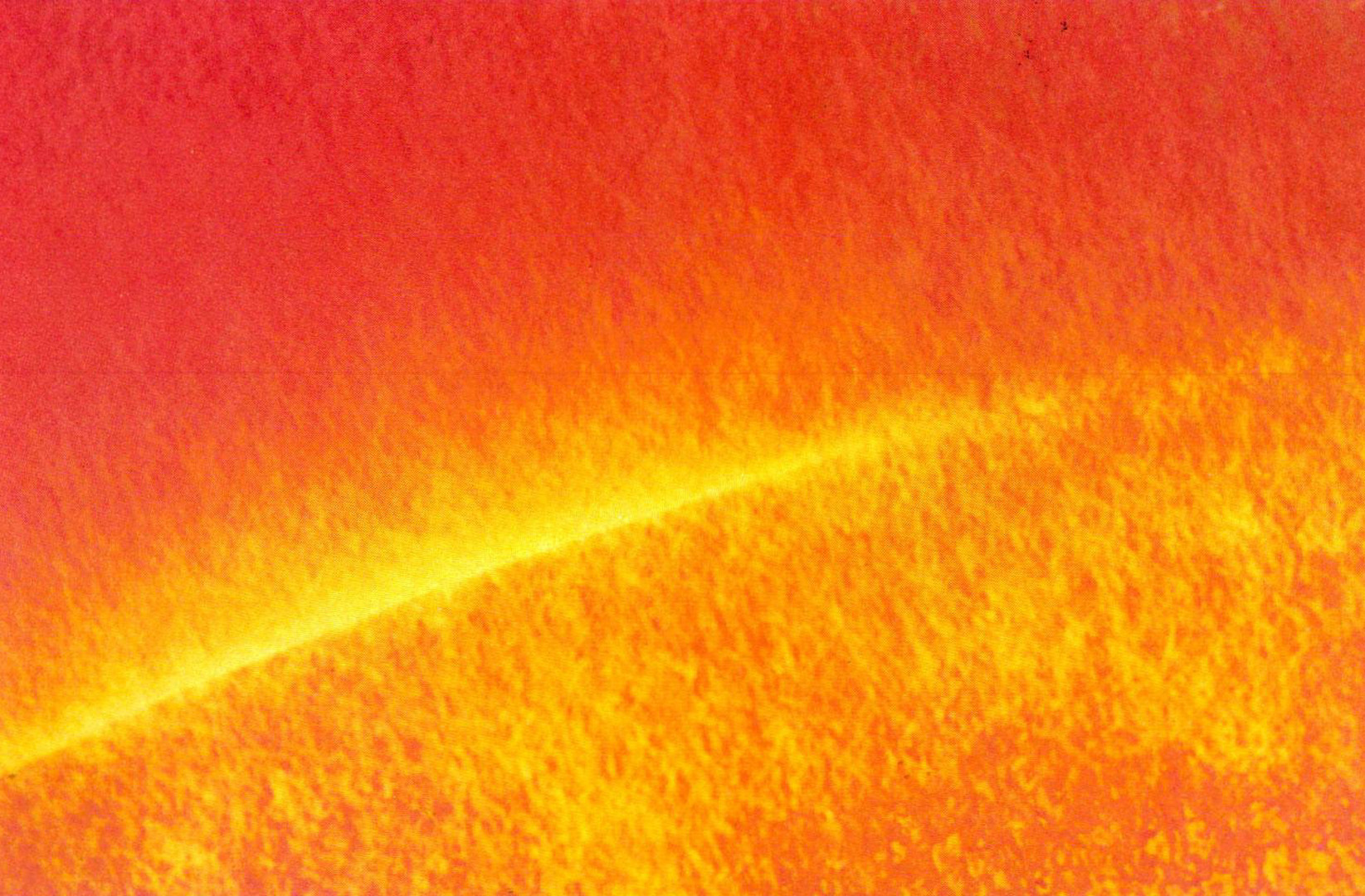“Particle systems—a technique for modeling a class of fuzzy objects” by Reeves
Conference:
Type(s):
Title:
- Particle systems—a technique for modeling a class of fuzzy objects
Presenter(s)/Author(s):
Abstract:
This paper introduces particle systems-a method for modeling fuzzy objects such as fire, clouds, and water. Particle systems model an object as a cloud of primitive particles that define its volume. Over a period of time, particles are generated into the system, move and change form within the system, and die from the system. The resulting model is able to represent motion, changes of form, and dynamics that are not possible with classical surface-based representations. The particles can easily be motion blurred, and therefore do not exhibit temporal aliasing or strobing. Stochastic processes are used to generate and control the many particles within a particle system. The application of particle systems to the wall of fire element from the Genesis Demo sequence of the film Star Trek II: The Wrath of Khan [10] is presented.
References:
1. ABRAHAM, R., AND SHAW, C. DYNAMICS— The Geometry of Behavior. City on the Hill Press, Santa Cruz, Calif, 1981.
2. BADLER, N. I., O’ROURKE, J., AND TOLTZIS, H. A spherical human body model for visualizing movement. Proc. IEEE 67, 10 (Oct. 1979).
3. BLINN, J. F. Light reflection functions for simulation of clouds and dusty surfaces. Proc. SIGGRAPH ’82. In Comput. Gr. 16, 3, (July 1982), 21-29.
4. CSURI, C., HACKATHORN, R., PARENT, R., CARLSON, W., AND HOWARD, M. Towards an inter-active high visual complexity animation system. Proc. SIGGRAPH 79. In Comput. Gr. 13, 2 (Aug. 1979), 289-299.
5. FOURNIER, A., FUSSEL, D., AND CARPENTER, L. Computer rendering of stochastic models. Commun. ACM 25, 6, (June 1982), 371-384.




